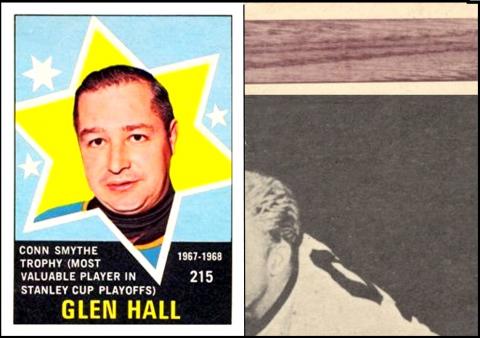
The Canadian O-Pee-Chee Company, Ltd. made and retailed confectionery, mostly gum. They were founded in 1911, in London, Ontario, Canada, by the McDermid brothers, John McKinnon and Duncan Hugh, and their first product was chewing gum. They had both worked with chewing gum for another maker, C.R. Somerville, but this was sold in 1908 and rather than go to the buyer, the American Chicle Company, the brothers decided to go it alone. Possibly this was because they did not want to relocate to Toronto, but maybe they just felt the urge to see what they could do.
They called their new company O-Pee-Chee, which is indeed a Native American word, for the bird we call the robin, but it was also the name of their summer house, in Ontario. They called their first gum `Gipsy`, maybe because they were setting out on a path untrod.
They became a limited company in 1921, having expanded into making mints and popcorn. In the 1930s, they entered into an agreement with W. & F. Manufacturing, who also made chewing gum (from paraffin!) and small novelties. The important thing about this was that it expanded their reach into Canada but also into Great Britain and Ireland. It is believed that they also were allowed to include novelties in their packets of gum too, and perhaps this is what suggested that cards could be inserted instead.
Their first set was circulated in the mid 1930s, and it is said to have been a set of baseball cards, of a larger size than normal. They are known as "Butterfinger" cards, but they were not the first issue, for in 1933, a year earlier, O-Pee-Chee had issued a set of hockey cards, known as series A, with series B following either later the same year or early in 1934. In total there were seventy two hockey cards, then, rather abruptly, they issued the baseball set. For some while the first and second series of hockey cards were not known of, and collectors were puzzled as to why the hockey cards seemed to start at card 73, but, thanks to dogged research by other collectors, we now know that this was the start of series C, and it was issued in 1935. After that there were four more hockey sets, ending in 1938, split by a set showing Mickey Mouse in 1935, another baseball set in 1937, and a very sought after set showing the Fighting Forces in 1939. They did continue to issue sets until American entered the Second World War, but then stopped production of cards, and their factories were used for war purposes.
After the Second World War they decided to become a private company again. It was not until the 1950s that they really started up again with cards, and the spur here was that they gained another contact, in New York, quickly followed by one in Missouri. Both these were different to the agreement they had with W. & F. Manufacturing, as they allowed the products of the other companies to be sold by O-Pee-Chee within Canada.
Then in 1958 they signed a deal with Topps, in which Topps cards were allowed to be rebranded as O-Pee-Chee, and again sold in Canada. All these cards were sports ones, but in the 1960s they made their first foray into the entertainment industry, issuing a set showing The Beatles, something which really took off in the 1970s and 1980s.
At that time they managed to tie in with Panini too, and produce several albums of stickers, for hockey and baseball. These are quite rare, especially in the unstuck sticker form.
This set is split into several sections, including two checklists. The first group shows a picture of a player with an art drawn background and a team logo. Below the picture is a base section with darts separating the player`s name, team, and playing position. The second group, cards 199 to 210, show the All Stars, and the third group, cards 211 to 216, pay tribute to the award winners. Our card is one of these, and it shows Glenn Henry Hall, goalkeeper, who retired at the age of 39 in 1972. The Conn Smythe Trophy, mentioned on the card, was a relatively new award, first given in 1964, to the most valuable player during the Stanley Cup playoffs.
